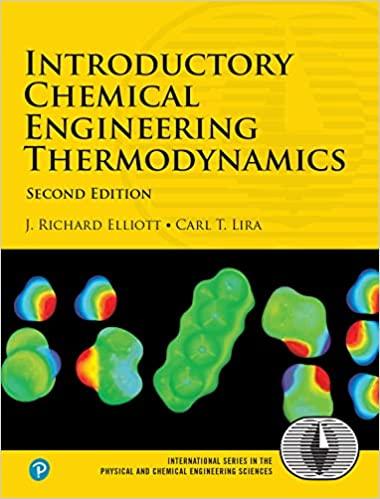Suppose you had a program to simulate the motions of four molecules moving in 2D slowly enough
Question:
Suppose you had a program to simulate the motions of four molecules moving in 2D slowly enough that you could clearly see the velocities of all disks. (The Piston-Cylinder applet in the DMD module at Etomica.org is an example of such a program when kept in “adiabatic” mode.)
(a) Let the disk interactions be characterized by the ideal gas potential. Describe how the disks would move about. Note that the slow particles would always stay slow, and the fast particles stay fast. Why is that?
(b) Change the potential to “repulsion only” as modeled by a hard disk model. Compare the motions of the “repulsion only” particles to the ideal gas particles. Explain the differences. Which seems more realistic?
(c) Set the potential to “repulsion and attraction,” as modeled by the square-well model with λ = 2.0. Compare the motions of these disks to the “repulsion only” particles and ideal gas particles. Explain the differences.
Step by Step Answer:

Introductory Chemical Engineering Thermodynamics
ISBN: 9780136068549
2nd Edition
Authors: J. Elliott, Carl Lira





